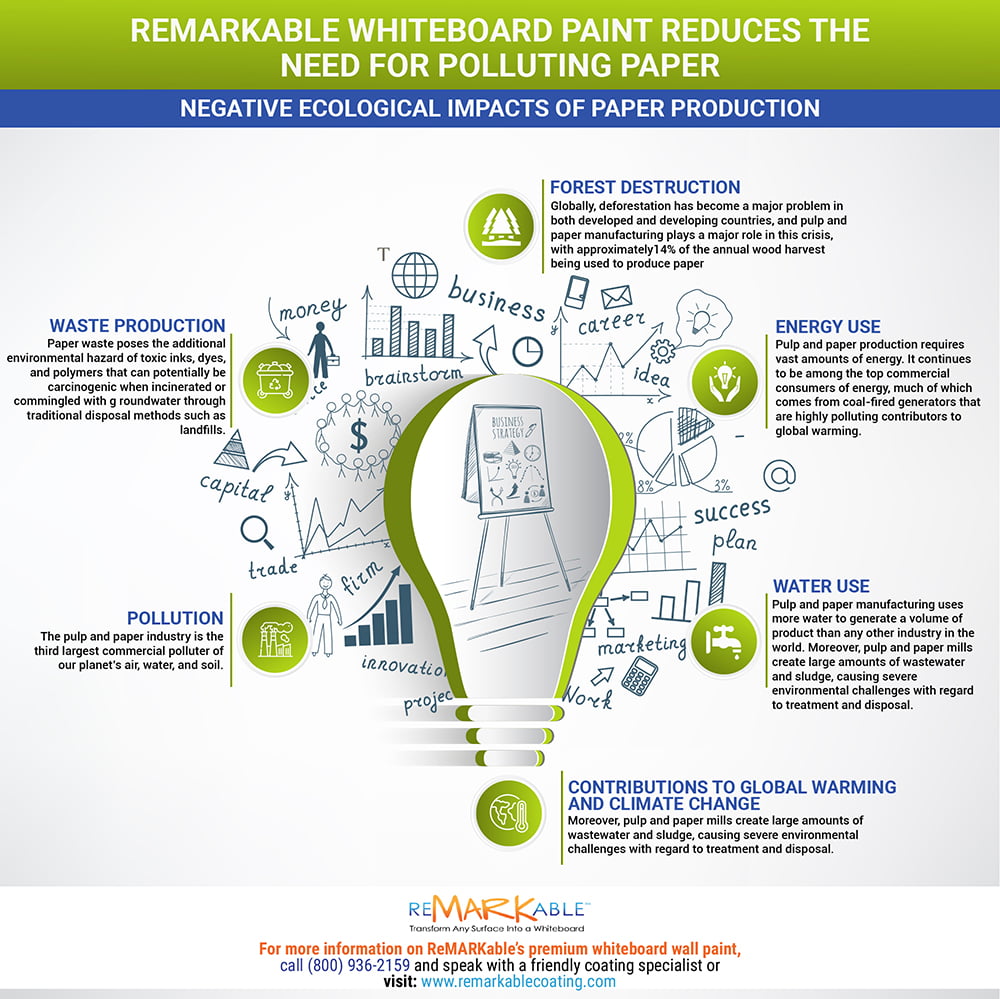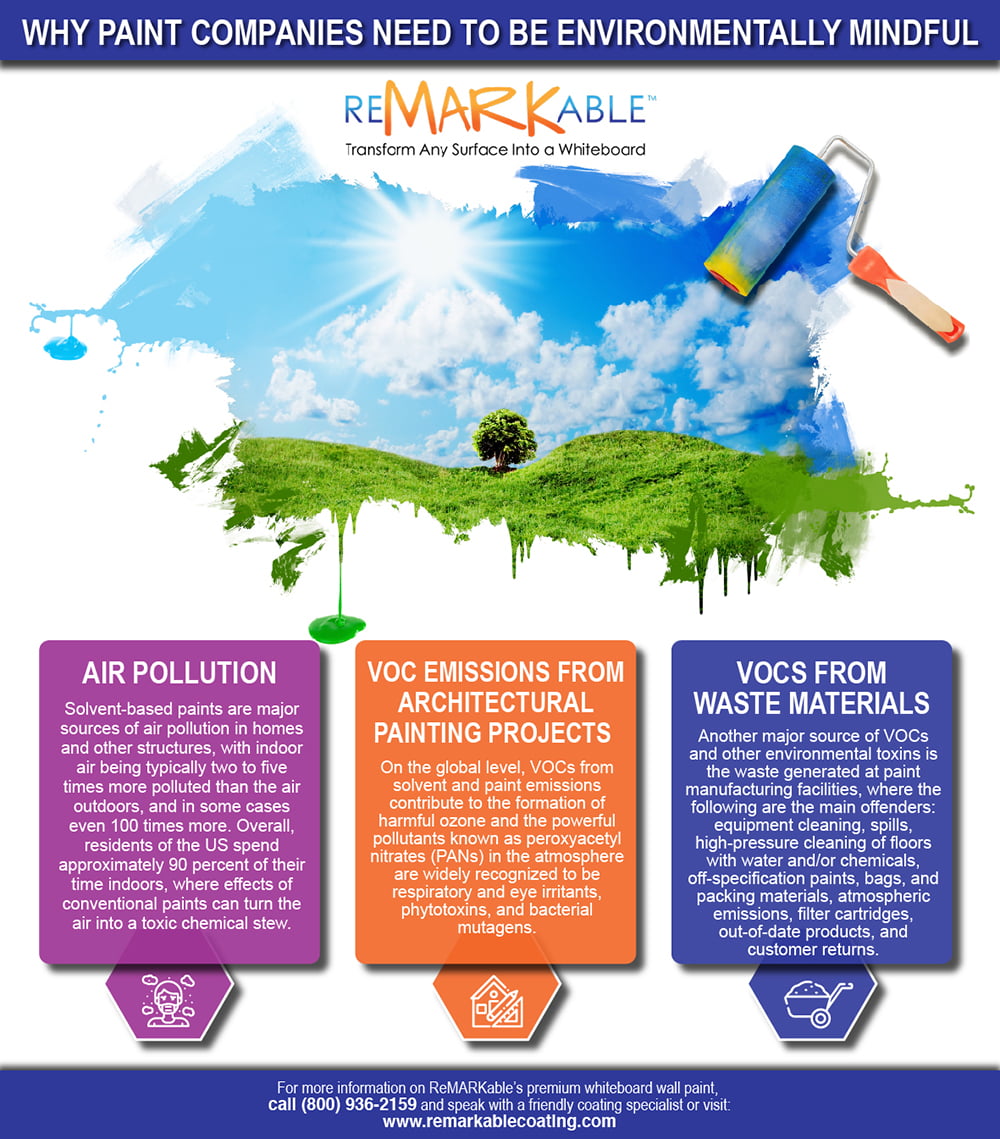
Dry Erase Wall Quotes for February: A Month of Hope and Anticipation
February is said to be the month of love, although it also suggests a hint of winter’s end and hope for the coming spring. Whatever way you think of it, the second month of the year is the coldest in the Northern Hemisphere and stands as a link between the frigid days of winter and the balmy days of springtime. The following is a collection of dry erase wall quotes that reflect a wide range of thoughts and feelings about February and about looking forward to warmer weather.
Although February may be a harsh time of year, you can still find happiness, continue to grow as a person, and live with purpose during the coldest of months. With this idea in mind, after reading the quotes, find those that you find inspiring, thought-provoking, or amusing, and periodically post them in a prominent spot on your dry erase wall. You can even decorate the passages with original artwork or doodles and memorize those you like the best.
Reflections on February
1. “February is short and very sweet.”
– Charmaine J. Forde (US writer)
2. “In February, there is everything to hope for and nothing to regret.”
– Patience Strong (English poet)
3. “February makes a bridge, and March breaks it.”
– Georges Hebert (French inventor, filmmaker, and physical educator)
4. “If January is the month of change, February is the month of lasting change. January is for dreamers. February is for doers.”
– Marc Parent (French-Canadian business executive, mechanical engineer, and philanthropist)
5. “Even though February was the shortest month of the year, sometimes it seemed like the longest.”
– Lauraine Snelling (US writer)
6. “February is the border between winter and spring.”
– Terri Guillemets (US writer)
7. “There is always in February some one day, at least, when one smells the yet distant, but surely coming summer.”
– Gertrude Jekyll (British horticulturist, photographer, and writer)
8. “While it is February, one can taste the full joys of anticipation. Spring stands at the gate with her finger on the latch.”
– Patience Strong (English poet)
9. “February, when the days of winter seem endless, and no amount of wistful recollecting can bring back any air of summer.”
– Shirley Jackson (US writer)
10. “Even winter, the hardest season, dreams, as February creeps on, of the flame that will presently melt it away.”
– Clive Barker (English playwright, film director, and author)
11. “One of the dangers of being alone in February is the tendency to dwell on past relationships. Whether you’re daydreaming about that ‘one that got away,’ or recalling the fairytale date you went on last Valentine’s Day, romanticizing the past isn’t helpful.”
– Amy Morin (US psychotherapist, mental strength trainer, and bestselling author)
Mother Nature in February
12. “Today is the first of February, snowy, brilliant, but dripping with the sound of spring wherever the sun lies warm, and calling with the heart of spring yonder where the crows are assembling. There is spring in the talk of the chickadees outside my window and in the cheerful bluster of a red squirrel in the hickory.”
– Dallas Lore Sharp (US author and university professor)
13. “An adventurous swallow too early flying from the south, a vision of snowdrops in the snow, a day of April warmth lit by a slant February sun, are all hailed with pleasure as harbingers of a more gracious season on its way.”
– Oscar Fay Adams (US editor and author)
14. “On the wind in February, snowflakes float still. Half inclined to turn to rain, nipping, dripping, chill.”
– Christina Georgina Rossetti (English writer of romantic, devotional, and children’s poems)
15. “February brings the rain, thaws the frozen lake again.”
– Sara Coleridge (English author of instructive verses for children)
16. “February, a form pale-vestured, wildly fair, one of the North Wind’s daughters with icicles in her hair.”
– Edgar Fawcett (US novelist and poet)
17. “February, bending from Heaven. In azure mirth, it kissed the forehead of the Earth and smiled upon the silent sea, and bade the frozen streams be free, and waked to music all their fountains, and breathed upon the frozen mountains.”
– Percy Bysshe Shelley (English Romantic poet and social critic)
18. “A small bird twitters on a leafless spray, across the snow waste breaks a gleam of gold. What token can I give my friend today but February blossoms, pure and cold? Frail gifts from Nature’s hand, I see the signs of spring about the land. These chill snowdrops, fresh from wintry bowers, are the forerunners of a world of flowers.”
– Sarah Doudney (English fiction writer and poet)
19. “Fair maid of February, drop of snow, enchanted to a flower, and there within. A dream of April green who without sin was conceived, but how no man may know.”
– Fraser’s Magazine (19th-century English general and literary journal)
20. “The bitter winds in February were sometimes called the First East Winds, but the longing for spring somehow made them seem more piercing.”
– Eiji Yoshikawa (Japanese historical novelist)
21. “Late February days; and now, at last, might you have thought that winter’s woe was past. So fair the sky was, and so soft the air.”
– William Morris (British textile designer, poet, artist, novelist, printer, translator, and socialist activist)
Amusing Views on February
22. “February is the shortest month, so if you’re having a miserable month, try to schedule it for February.”
– Lemony Snicket (pen name of Daniel Handler, US writer and musician)
23. “The only bubble in the flat champagne of February is Valentine’s Day. It was no accident that our ancestors pinned Valentine’s Day on February’s shirt: he or she lucky enough to have a lover in frigid, antsy February has cause for celebration, indeed.”
– Tom Robbins (US novelist)
24. “Cold and snowy February does seem slow and trying, very. Still, a month made gay by Cupid never could be wholly stupid.”
– Louise Bennett Weaver (US writer)
25. “Do not rely on February. The sun in this month begets a headache like an angel slapping you in the face.”
– Anne Sexton (US poet)
26. “February is for curmudgeons, whinge bags, and misanthropes. You can’t begrudge us one month of the year or blame us for being even crabbier, it’s so short. There is nothing good about it, which is why it’s so great.”
– Lionel Shriver (US author and journalist)
27. “I used to try to decide which was the worst month of the year. In the winter I would choose February. The reason God made February short a few days was because he knew that by the time people came to the end of it, they would die if they had to stand one more blasted day.”
– Katherine Paterson (Chinese-born US writer of children’s novels)
28. “Can’t wait until February 15th – the chocolate will be on sale. Oh, bargains, my first love!”
– Anonymous
29. “Groundhog found fog. New snows and blue toes. Fine and dandy for Valentine candy. Snow spitting. If you’re not mitten-smitten, you’ll be frostbitten. By jingy feels springy.”
– The Old Farmer’s Almanac (US reference book)
30. “February is merely as long as is needed to pass the time until March.”
– J. R. Stockton (US writer)
31. “The most serious charge which can be brought against New England is not Puritanism, but February. Spring is too far away to comfort even by anticipation, and winter long ago lost the charm of novelty. This is the very three a.m. of the calendar.”
– Joseph Wood Krutch (US author, critic, and naturalist)
32. “February is the most wonderful month of the year; you work for 28 days and get paid for 30.”
– Anonymous
33. “When God was making the months, I think February was a mistake, like a burp. There it was, small, dark, and prickly. It had absolutely no redeeming qualities.”
– Shannon Wiersbitzky (US writer)
34. “February days are a marketing gimmick; love happens every day.”
– Randeep Hooda (Indian actor and equestrian)
The post Dry Erase Wall Quotes for February 2022 appeared first on ReMARKable Whiteboard Paint.
source https://www.remarkablecoating.com/dry-erase-wall-quotes-for-february-2022/




